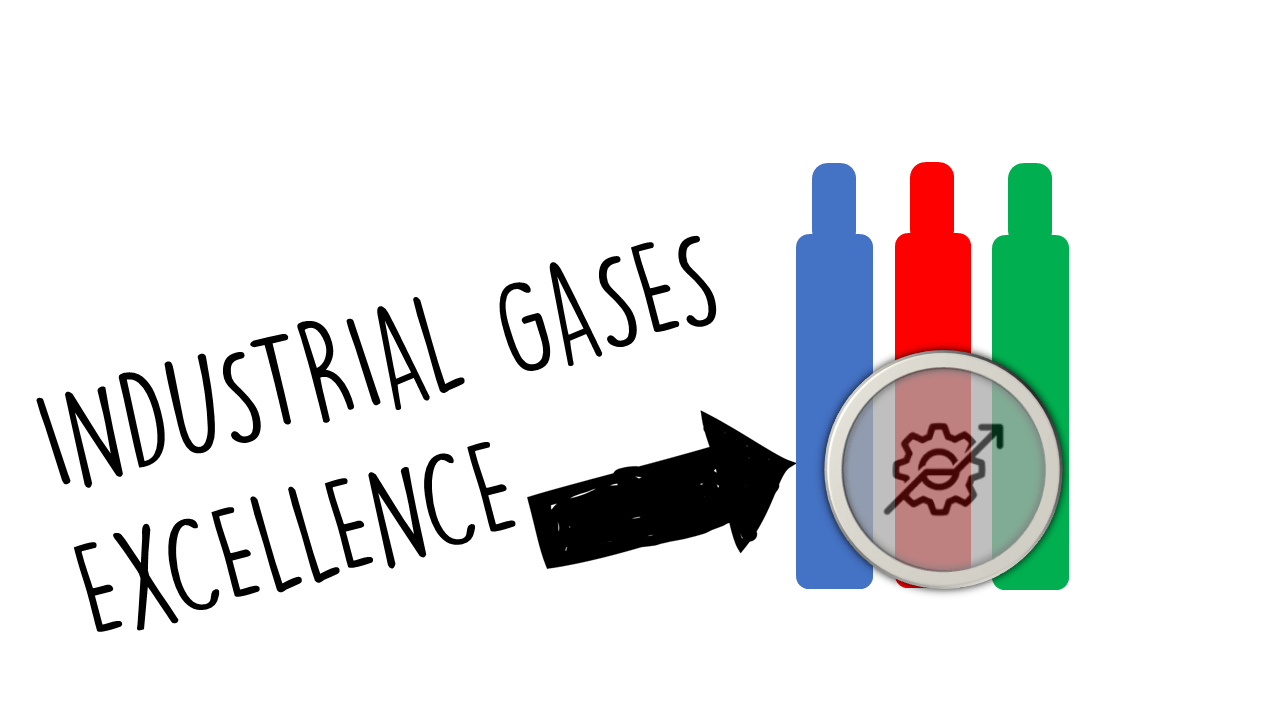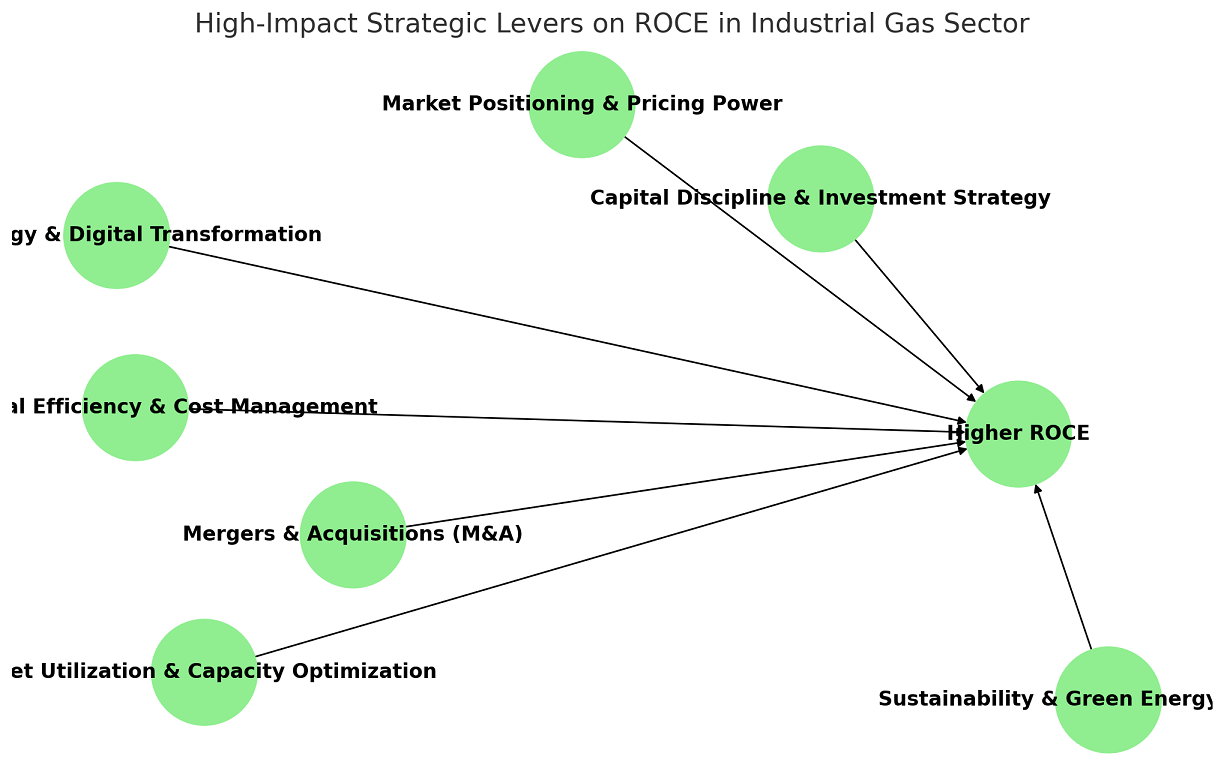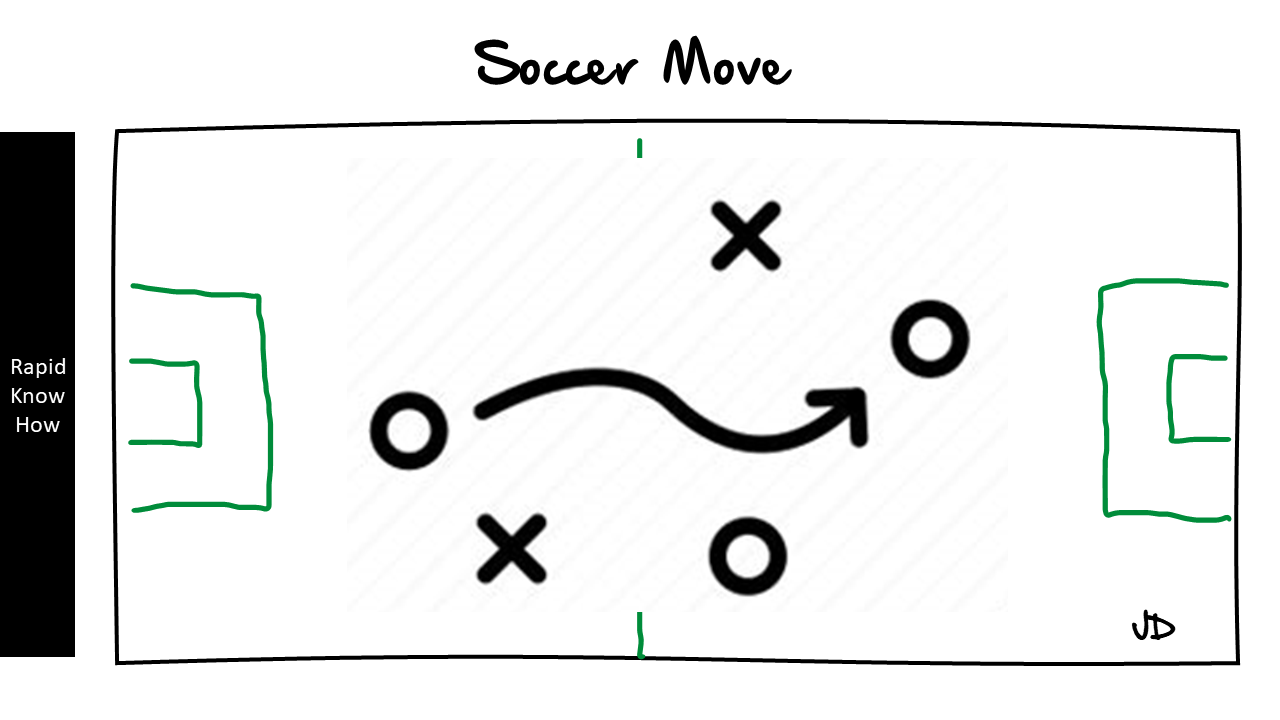Leverage Customer Data refers to the strategic use of data gathered from customers to improve service offerings, enhance operational efficiency, and drive innovation in the industrial gases sector. It encompasses:
- Data Collection: Gathering insights from customer interactions, usage patterns, preferences, feedback, and purchasing history.
- Analysis: Utilizing data analytics and machine learning to interpret the data effectively, identifying trends and opportunities.
- Application: Implementing findings to tailor products and services, improve customer relationships, and optimize business processes.
Framing
Framing involves setting the context for why leveraging customer data is critical for excellence in the industrial gases sector:
- Market Dynamics: Understanding that industry demands are continuously evolving, fueled by advancements in technology, sustainability pressures, and regulatory changes.
- Customer Expectations: Recognizing that customers increasingly seek personalized solutions and better service levels, which necessitates robust data analysis.
- Competitive Advantage: Acknowledging that data-driven decision-making can lead to improved product offerings, efficient logistics, and enhanced customer retention.
Re-Framing
Re-framing focuses on shifting perspectives about the role of customer data in enhancing business strategies:
- From Data as a Byproduct to Data as a Strategic Asset: Viewing customer data not just as an operational necessity but as a key factor that can drive strategic decisions and innovations.
- From Reactive to Proactive Engagement: Transitioning from responding to customer inquiries and complaints to anticipating needs and proactively offering solutions based on data insights.
- From General Strategies to Personalization: Moving from one-size-fits-all approaches to highly tailored solutions that reflect the specific needs and behaviors of individual customers.
Actions
Implement Advanced Data Analytics Software:
- Invest in tools that enable real-time data analysis, such as Customer Relationship Management (CRM) systems and data visualization platforms.
Build a Data-Driven Culture:
- Foster an organizational culture where data-driven decision making is encouraged at all levels, providing training for employees on data interpretation and usage.
Enhance Customer Feedback Loops:
- Develop regular mechanisms (surveys, interviews, focus groups) to gather customer opinions and feedback, ensuring data collection is continuous and relevant.
Create Customized Solutions:
- Use data insights to tailor product offerings and services, ensuring they meet the unique needs and operational contexts of different customers.
Develop Predictive Models:
- Implement algorithms that analyze historical data to predict future customer behavior, enabling proactive rather than reactive service interventions.
Case Studies
1. Linde AG
- Initiative: Implemented a sophisticated CRM system that collects and analyzes customer usage data.
- Outcome: Successfully developed tailored service agreements based on usage patterns, leading to a 20% increase in customer satisfaction and retention.
2. Air Products and Chemicals, Inc.
- Initiative: Leveraged AI and machine learning to analyze customer feedback and operational data.
- Outcome: Used insights to streamline logistics and reduce delivery times, resulting in increased customer loyalty and a 15% boost in sales.
3. Air Liquide
- Initiative: Launched a data analytics platform for real-time tracking of customer gas consumption.
- Outcome: Enabled customers to adjust their orders based on predictive analytics, optimizing their gas usage and reducing waste; reported a 30% increase in efficiency for key industrial clients.
4. Messer Group
- Initiative: Created customer portals that integrate data from multiple sources to provide insights on usage and trends.
- Outcome: Improved customer engagement and facilitated personalized interactions, leading to an offset in churn rates by25%.
Conclusion
Leveraging customer data is paramount in achieving excellence in the industrial gases sector.
By framing the importance of data, re-framing traditional perspectives, and executing appropriate actions, companies can differentiate themselves in a competitive landscape.
Case studies illustrate successful implementations that not only enhance customer satisfaction but also drive operational efficiency and revenue growth.
Embracing a data-driven approach positions companies not just to respond to customer needs but to anticipate them, creating long-term strategic advantages in the industrial gases market.





